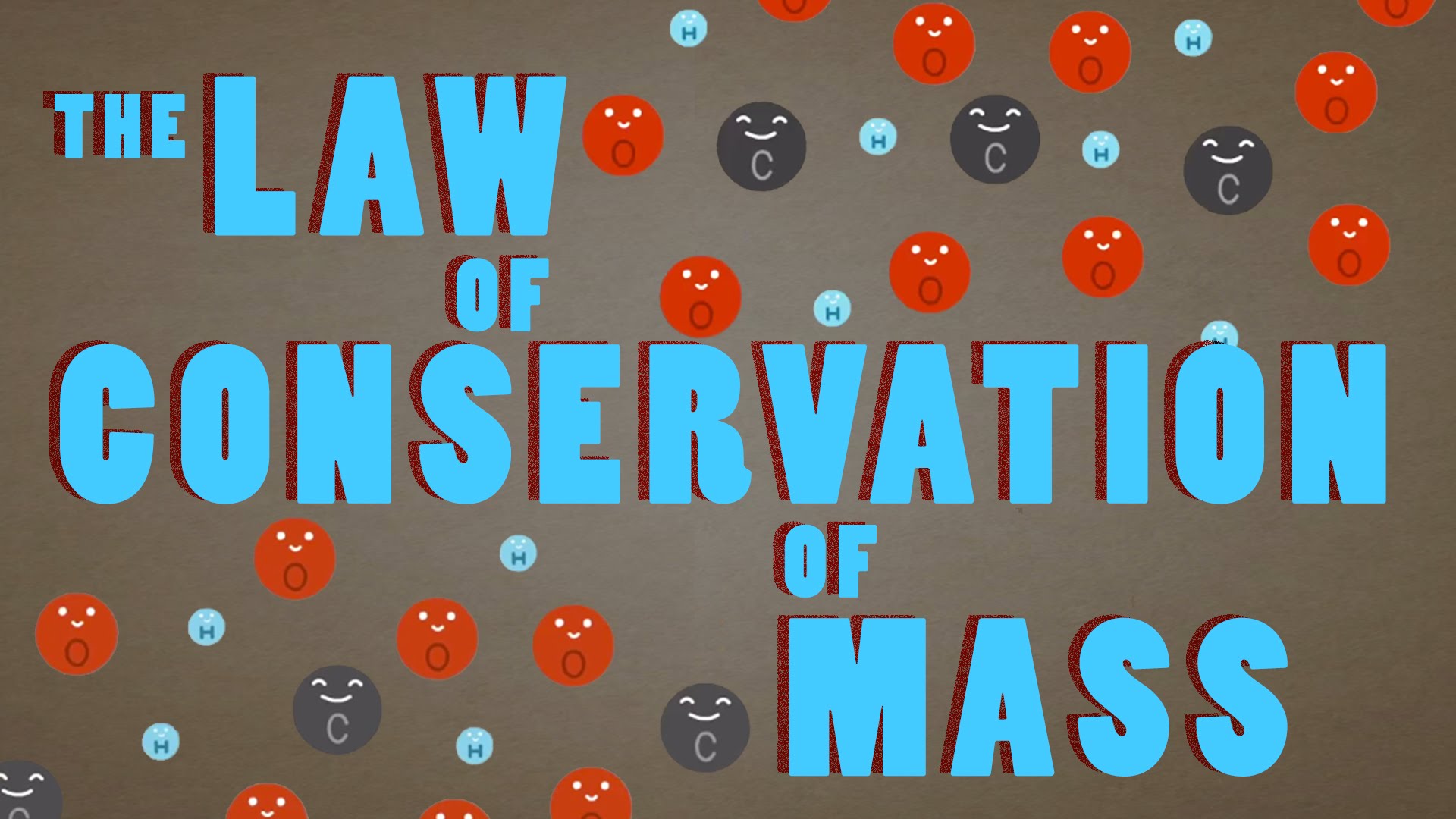
Therefore, the law of conservation of mass helps us understand how ecological balance is maintained through our ecosystems. conservation law mass conservation of mass-energy conservation of mass, principle that the mass of an object or collection of objects never changes, no matter how the constituent parts rearrange themselves. In turn, the carbon dioxide in the atmosphere is absorbed by the plants that undergo photosynthesis. This law is based on the fact that atoms are indivisible particles in this type of reaction while in nuclear reactions the atoms are fragmented, which is why they are not considered chemical reactions.

When we burn more fossil fuels and cut many trees, the carbon deposits in them are not destroyed but they released in the atmosphere as carbon dioxide. The law of conservation of matter or mass is one that establishes that in any chemical reaction, matter is neither created nor destroyed. They are only transformed from one form into another. It was a French chemist named Antoine Lavoisier who formulated the concept of the conservation of mass the idea that matter can neither be created nor. For example, as the nutrients move through the biosphere, the elements that are transferred between the organisms and the environment such as nitrogen, phosphorus, carbon, and oxygen are not destroyed nor created during chemical reactions. This law is essential when it comes to the flow of matter through the ecosystem. Moreover, the mass of the reactants must be always equal to the mass of the products in chemical reactions. In this case, the amount of matter can never be changed. The law of conservation of matter is a general law in physics and chemistry applicable for any system closed to all transfers of matter and energy.

It is also known as the law of conservation of mass. According to the law of conservation of mass, mass is neither created nor destroyed by any chemical or physical processes. The law of conservation of matter is a fundamental law in science.


 0 kommentar(er)
0 kommentar(er)
